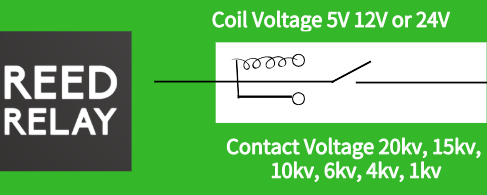The Application of High-Voltage Dry Reed Relays in High-Frequency Electrosurgical Devices
High-frequency electrosurgical devices, also known as electrosurgical units, are electrical surgical instruments used to cut and coagulate tissue as a substitute for mechanical surgical knives. These devices generate high-frequency, high-voltage electrical currents at the effective electrode tip, which upon contact with the tissue, produces heat that separates and coagulates the tissue, achieving the objectives of cutting and hemostasis. However, the electronic nature of this operation requires the use of high voltages, high currents, and relatively high operating frequencies, which can lead to additional risks of electrical shock for patients, nurses, and doctors. Therefore, high reliability and safety are critical to the success of electronic surgery. To address these concerns, medical equipment designers have chosen MiRelay’s high-voltage dry reed relays to fulfill these two requirements.
The HVR series of high-voltage dry reed relays have a maximum contact switching voltage of 10 kV and a maximum breakdown voltage of 20 kV. These relays have a contact switching current of 3A and a maximum carrying current of 5A, with various contact forms available. They can be installed via PCB perforation or high-voltage lead options, making them perfectly suited for high-voltage environments. With a response time of 3ms and a release time of 1.5ms, these relays can quickly respond to control signals. The HVR series of dry reed relays feature epoxy resin packaging, insulation resistance of over 1012Ω, and a leakage distance of over 32mm, ensuring high reliability. They are suitable for use in medical equipment such as defibrillators and high-frequency electrosurgical devices.
